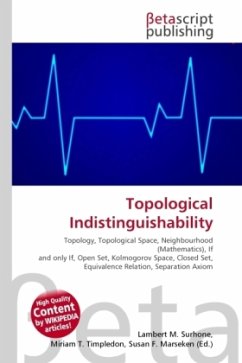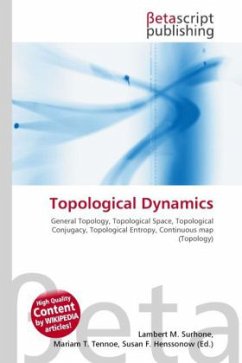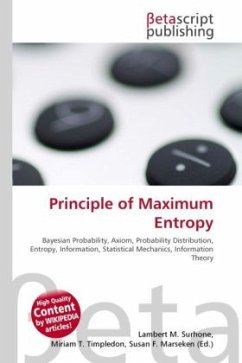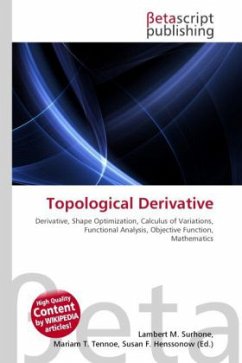
Topological Entropy
Versandkostenfrei!
Versandfertig in 6-10 Tagen
26,99 €
inkl. MwSt.

PAYBACK Punkte
13 °P sammeln!
High Quality Content by WIKIPEDIA articles! In mathematics, the topological entropy of a topological dynamical system is a nonnegative real number that measures the complexity of the system. Topological entropy was first introduced in 1965 by Adler, Konheim and McAndrew. Their definition was modelled after the definition of the Kolmogorov Sinai, or metric, entropy. Later, Dinaburg and Rufus Bowen gave a different, equivalent definition reminiscent of the Hausdorff dimension. The second definition clarified the meaning of the topological entropy: for a system given by an iterated function, the ...
High Quality Content by WIKIPEDIA articles! In mathematics, the topological entropy of a topological dynamical system is a nonnegative real number that measures the complexity of the system. Topological entropy was first introduced in 1965 by Adler, Konheim and McAndrew. Their definition was modelled after the definition of the Kolmogorov Sinai, or metric, entropy. Later, Dinaburg and Rufus Bowen gave a different, equivalent definition reminiscent of the Hausdorff dimension. The second definition clarified the meaning of the topological entropy: for a system given by an iterated function, the topological entropy represents the exponential growth rate of the number of distinguishable orbits of the iterates. An important variational principle relates the notions of topological and measure-theoretic entropy.












